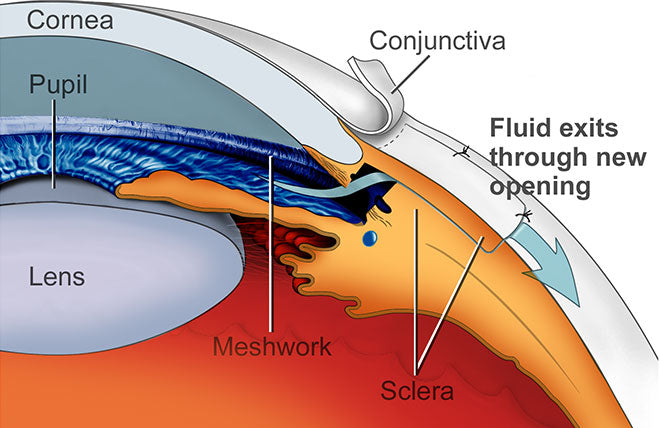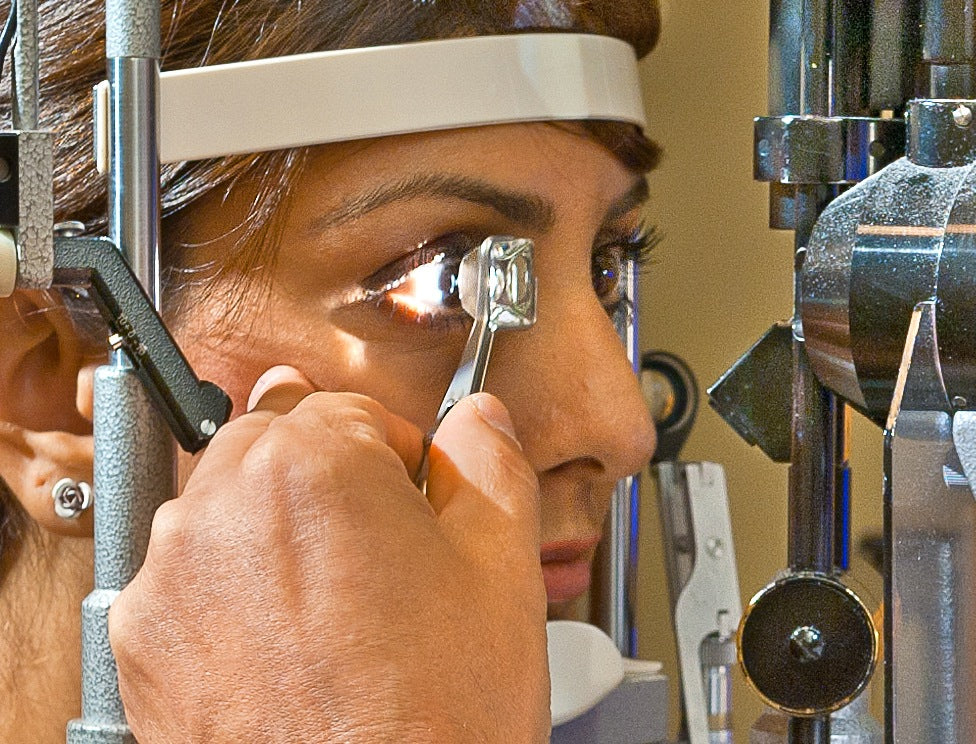For patients who have both glaucoma and cataracts, combining separate procedures on the same day is not only more convenient than having two separate surgeries, but it can provide improved vision and improved intraocular pressure control. In many circumstances, glaucoma medications can be reduced or eliminated afterwards.
Dr. Paul Krawitz, President and C.E.O. of VisiVite Eye Vitamins, is fellowship-certified in glaucoma treatment and surgeries, he regularly performs these "combined procedures," which fall into several categories:
External Filtering Procedures

Glaucoma filtering procedures are those that allow escape of trapped aqueous fluid inside the eye that is causing elevated eye pressure. The most common form is trabeculectomy, in which a tiny opening is made in the white scleral tissue of the eye. The surgical site is specially created so that the fluid flow is neither too fast nor too slow, and that it gets absorbed by the blood vessels of the eye and does not drip on the cheek. Frequently, a chemical is used to prevent overly aggressive scarring.
Glaucoma shunt procedures use a a silicone tube that travels from inside the eye and acts as a flexible pipe to bring the trapped fluid to the back of the eye. Typically longer and somewhat more complex than a trabeculectomy, a shunt tends to scar less frequently and give better long-term pressure control.
Internal Filtering Procedures
Internal filtering procedures have the advantage of not invading the white conjunctiva or scleral tissue, but rather going directly through the clear cornea to create access the the drainage structure of the eye, known as the trabecular meshwork. These include Trabectome and Kahook goniotomy, which incise the trabecular meshwork wall to allow improved outflow of fluid. In contrast, the iStent is a tiny tube that gets punctured into the the trabecular meshwork to create better filtration.
Each of these internal filtering procedures typically lowers pressure to the high teens when successful, which may not be low enough in some patients.
Deep scleral procedures
Deep scleral procedures, which are technically difficult, allow escape of trapped fluid by thinning the white scleral tissue of the eye very thin without actually creating an opening. They include canaloplasty and deep sclerectomy, among others, and have the advantage of not incurring overly low eye pressures after the surgery. However, intraocular pressures may not go much below 20 mm Hg, which might not be low enough for some patients.
Laser Inhibition of Fluid Production
Endolaser Cyclophotocoagulation (ECP) creates gentle burns to the ciliary body, which results in slower manufacture of fluid inside the eye and lower eye pressure. It typically takes about 60 seconds to perform. As a glaucoma specialist, our company's President and C.E.O., Dr. Paul Krawitz, is one a a limited number of eye surgeons in the United States who perform this surgery.













